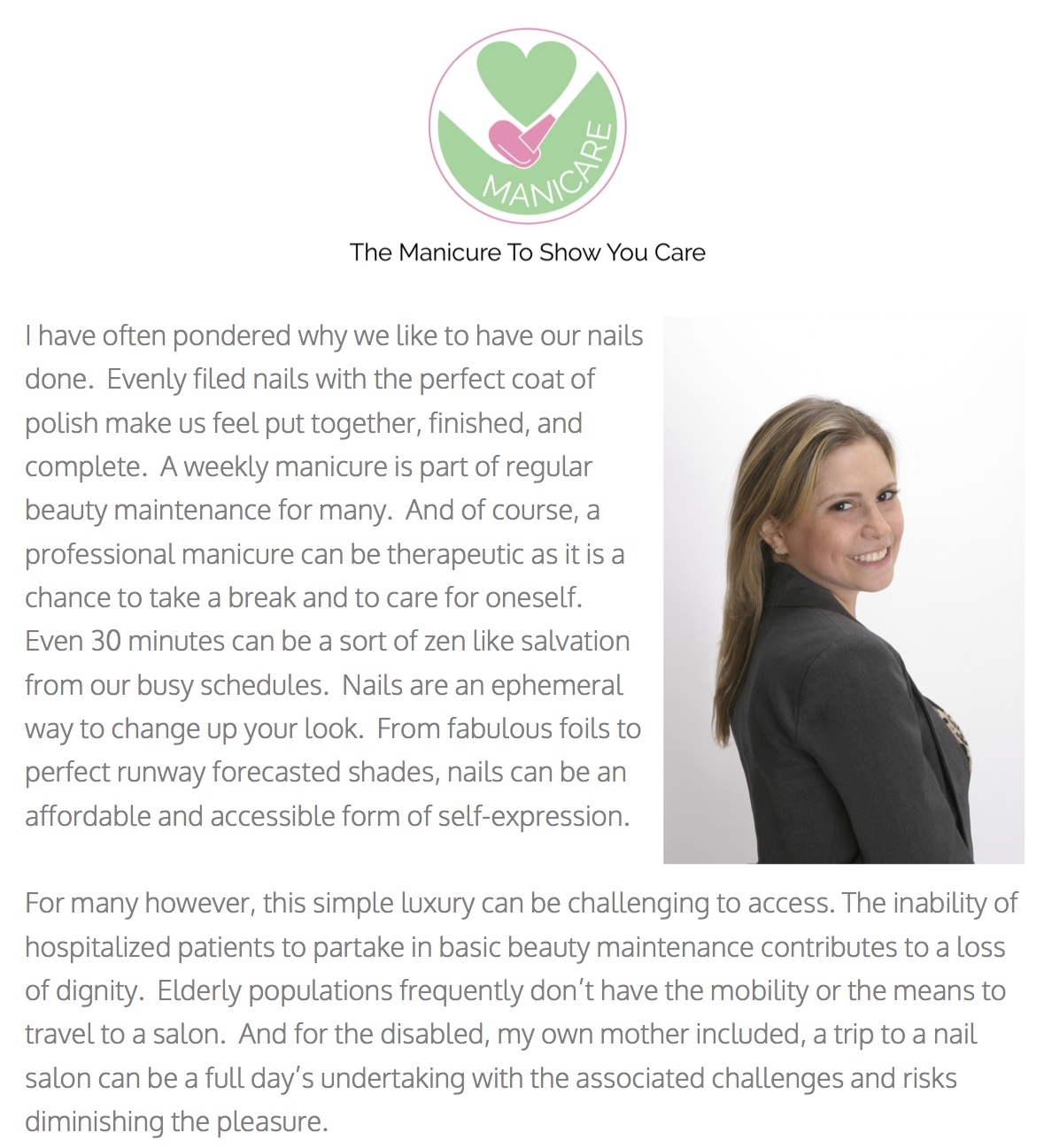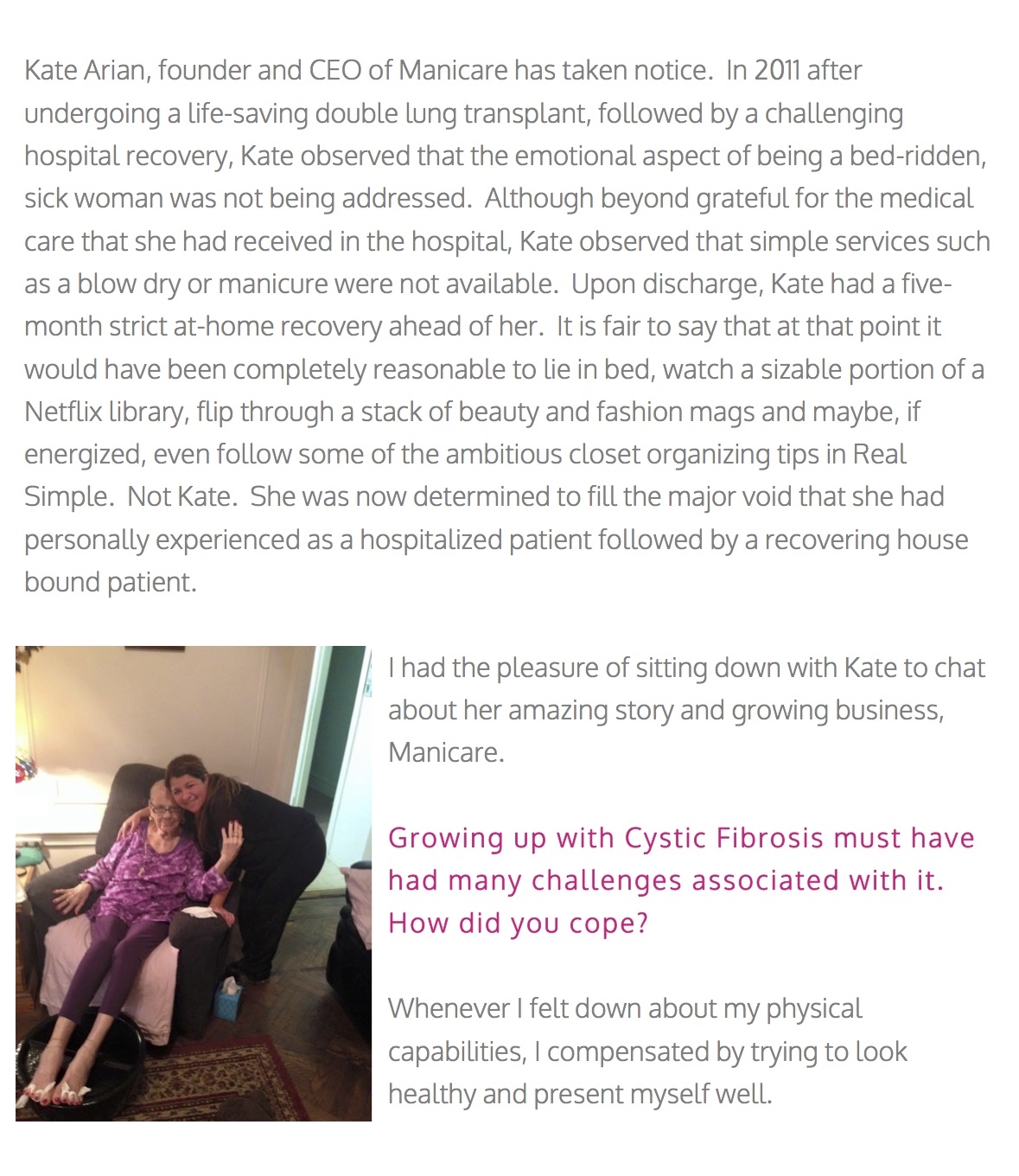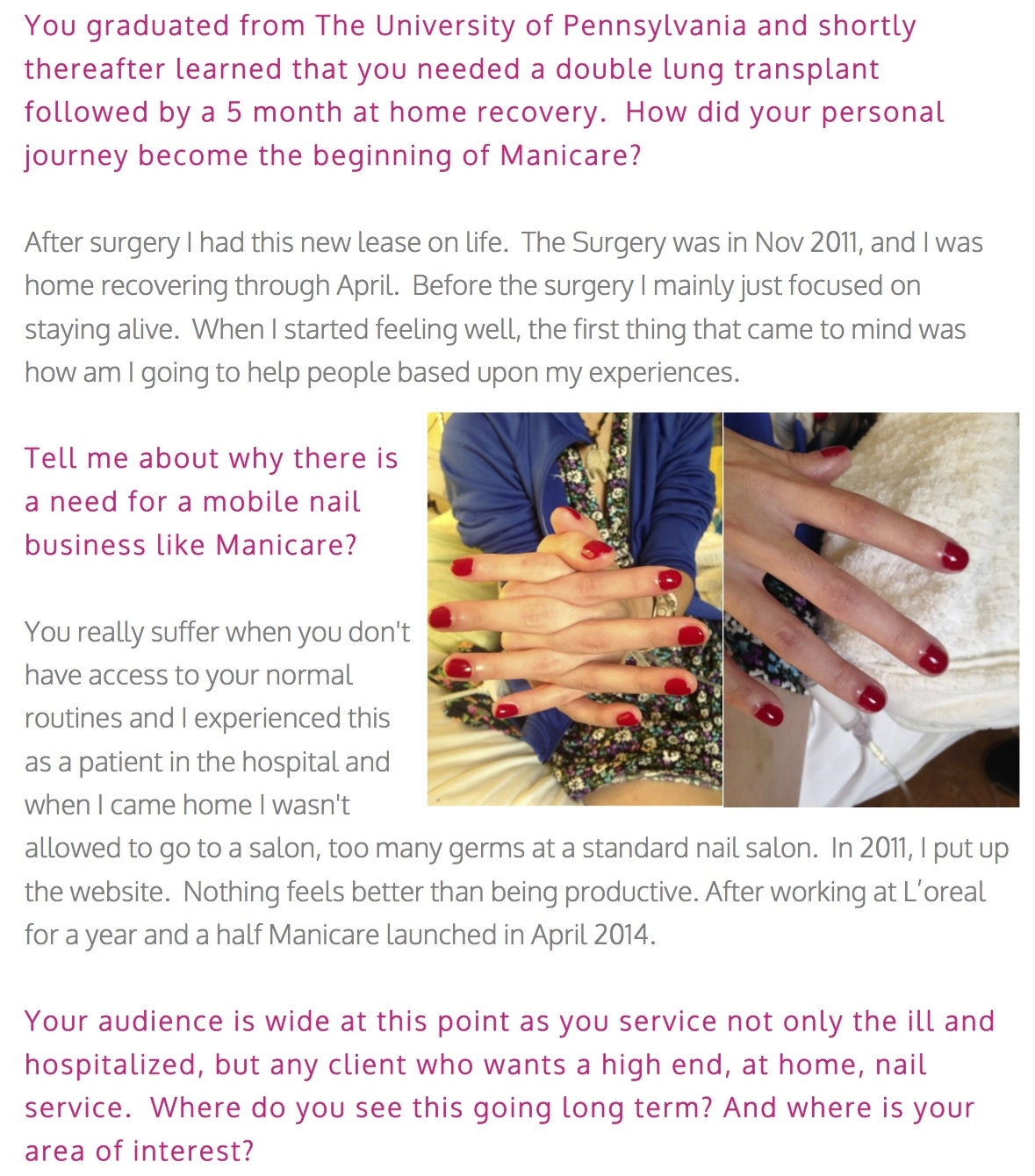The recent article in The New York Times highlighting the nail salon industry in the metropolitan New York City area exposes the economic, social, and health-related hardships of the nail technicians. As a board certified dermatologist and nail specialist, with a nail focused practice on the Upper East Side of Manhattan, I also find the health implications for consumers of a virtually unregulated, fast-growing, $8.54 billion a year industry to be of grave concern.
The prolific growth of the nail salon industry over the last few decades has resulted in the commoditization of manicure and pedicure services. Like all commodity businesses, the low cost provider generally prevails. In New York City, the nail salon capital of the U.S., there is a salon on practically every block and consequently enormous pressure for salon owners to keep costs as low as possible.
Every day in my office I see patients with salon related nail issues ranging from trauma induced lifting of the nail to serious staph infections. There have been reports of hepatitis acquired from improper disinfection of nail equipment. More common is the spread of fungal infections and warts caused by the re-use of ‘one-time use’ disposable items such as emery boards, buffers and toe separators. These are porous tools that cannot be disinfected. Too often, salons are re-using these items to cut costs with little regard for the safety of their customers. Lack of regulation, coupled with an extremely low margin service has resulted in an environment where health, safety and a clinically driven educational emphasis within the salon environment are low priorities.
According to NYC Public Advocate Letitia James’s policy report in September 2014, based on data from the Department of State inspection of New York City salons from 2008 to 2012, the majority of salons — 56 percent — were in violation of health and safety rules. Currently, the City of New York is not responsible for addressing health and safety in salons.
Proper disinfection of salon equipment requires employing best practices and training technicians; an investment of time and money. Pedicure footbaths, for example, should be disinfected for 10 minutes with an EPA-registered hospital disinfectant after every client. In a salon setting, where margins are lean and time is money, it is challenging for technicians to follow proper disinfection protocols.
Continuing education for salon technicians is offered at tradeshows, conferences and online. However, these courses are costly and not a reality for nail technicians who are making significantly less than the minimum wage. Instead, in-salon training is provided by salon owners whose priorities are driven by increasing the bottom line, which can be in conflict with promoting health, safety and educational growth of their employees.
The salon industry in NYC is not necessarily representative of how salons do business nationwide but the current NYC urban salon paradigm poses a significant threat to the nail salon industry as a whole. The existing economics foster a situation where cost saving choices have compromised the health and well being of both the salon worker and the customer, giving rise to a significant public health issue.
Consumers must be able to objectively evaluate salons in order to make informed decisions. Salon workers deserve to work in an environment where their health, safety and well-being are a priority and where they are compensated fairly. Bronx Borough President Ruben Diaz Jr. recently proposed implementing a letter grading system for salons in New York City akin to the system now in place for scoring city restaurants. The grades should reflect adherence to strict health guidelines as well as an evaluation of the health and well being of the salon workers. This system would promote greater transparency and allows the consumer to choose a salon using an informed decision making process. Lower graded salons, that presumably pose a health risk to both the public and salon workers, would inevitably be weeded out and close.
The current salon model is failing both its customers and its workers. A serious change in oversight and accountability is needed. This will benefit the public, salon workers and the salon owners who take seriously the quality of the services they provide.
















